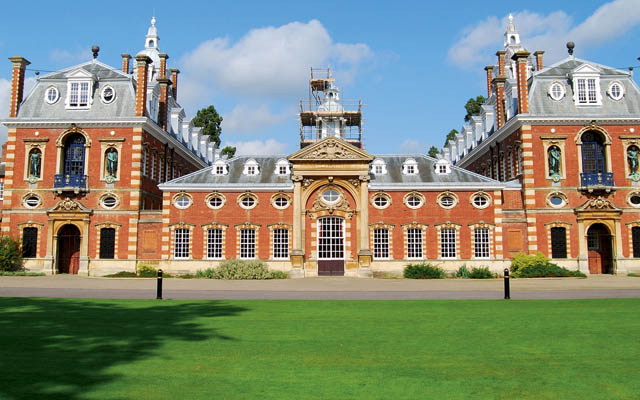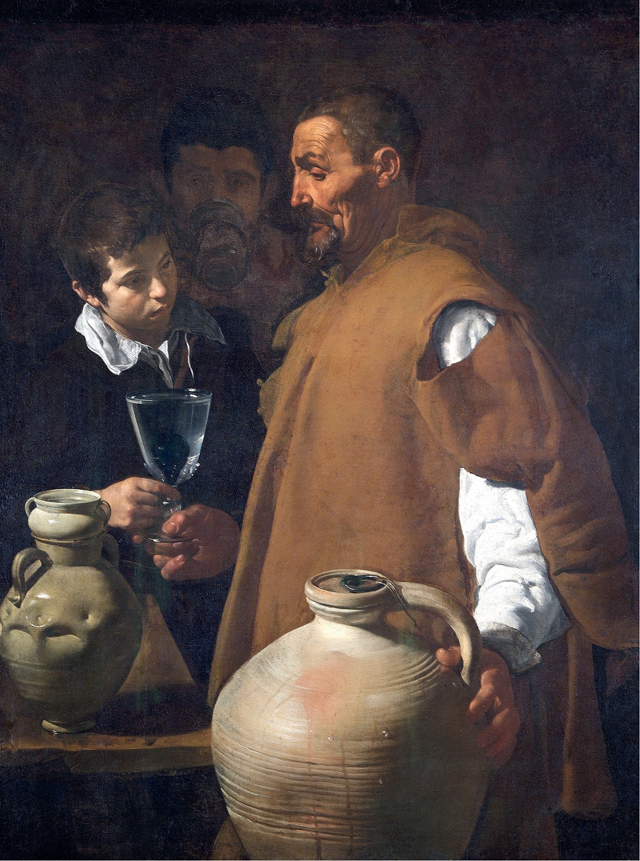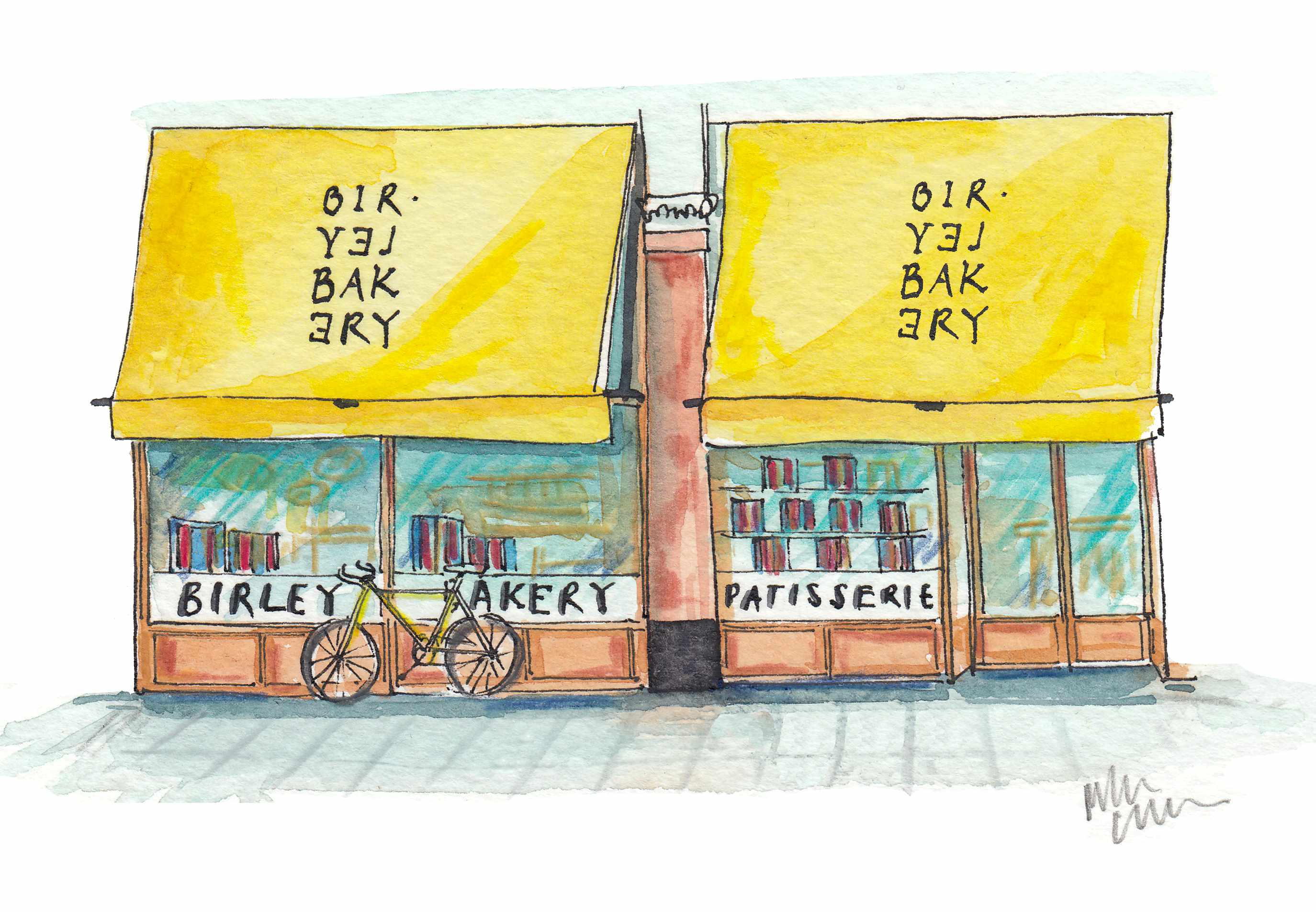11 examples of the Iron Duke's legacy
Wellington’s celebrity has ensured that his name, personality and achievements live on in the 20th century.


Wellington mania As the editor Edward Walford complained in 1878: ‘It was very natural, considering the great and important victory which the Duke of Wellington had just gained over Buonaparte, that our countrymen during the Regency should have been somewhat profuse in applying the names “Wellington” and “Waterloo” to all and every sort of thing—Wellington streets, Wellington inns, and Wellington boots; Waterloo hotels, Waterloo academies, Waterloo coaches, and Waterloo bonnets and that, when at a later date that class of conveyance was introduced, they should have adopted “Waterloo” as the designation of a line of omnibuses.’ Although many of the streets and buildings have been swept away, surprising numbers remain. Certainly, most British cities seem to preserve a pub called the Duke of Wellington. The enthusiasm for the Duke extended to the naming of Wellington in New Zealand in 1840.
Public monuments Monuments to the Duke of Wellington continue to preside over modern life across the British Isles. One of the grandest is the Wellington Testimonial, a huge obelisk designed by Sir Robert Smirke that stands in Phoenix Park, Dublin. It was planned from 1813, but not completed until after the Duke’s death. Its rival for sheer scale is the equestrian statue by Matthew Cotes Wyatt added in 1847 to the Constitution or Wellington Arch. Standing 28ft high, it was the object of public ridicule and was taken to Aldershot when the arch was moved in 1882–83. A more playful ignominy has befallen the equestrian statue by Marochetti in Glasgow, which is regularly provided with a traffic cone as a hat. Liverpool has a Wellington’s Column and a memorial of the same kind, also by Marochetti, stands at the gate of the Duke’s seat at Stratfield Saye, Hampshire.
No.1 London The generosity of the 7th Duke of Wellington and the Wellington Museum Act of 1947 effectively created a national museum at Apsley House. This made accessible much of the 1st Duke’s art collection, including works presented to him by Ferdinand VII of Spain. Wellington’s favourite was Correggio’s The Agony in the Garden and, apparently, he would let no one else dust it.
Figure of state Two images of the Duke of Wellington in particular powerfully express his standing in Victorian England. The first is the great painting by Daniel Maclise of the meeting of Blücher and the Duke in the Royal Gallery of the House of Lords. Second is his monument in St Paul’s Cathedral, the mausoleum of British heroes from the Napoleonic Wars. This was commissioned from Alfred Stevens at the spectacular cost of £20,000 and was only eventually completed in 1912.
Publish and be damned The celebrity enjoyed by the Duke of Wellington ensured that his comments, observations and opinions were widely reported by contemporaries. Several have become familiar quotations. Verifying his actual words, however, can be very difficult and a large number of remarks attributed to him have evidently been improved upon or adapted. Some are also probably plain invention. Regardless of their authenticity, one recurrent theme is of blunt honesty. In this at least, they seem to represent the real character of the Duke.
Waterloo Bridge In 1809, an Act of Parliament made possible the construction of a new bridge across the River Thames towards the rapidly expanding suburb of Lambeth. The original intention was to call this new structure the Strand Bridge, but, in 1816, it was renamed Waterloo Bridge as ‘a lasting Record of the brilliant and decisive Victory achieved by His Majesty’s Forces in conjunction with those of His Allies’. It was opened in 1817, on the second anniversary of the battle, by the Prince Regent. The original bridge, built of Cornish granite and comprising nine spans, measured 1,240ft between its abutments. Its modern replacement was begun in 1936 and formally opened in 1945. When a new mainline station was completed in Lambeth, in 1848, it was named Waterloo after the bridge that connected it to the north bank of the Thames.
Wellington College Established in 1859 as a national monument to the Duke—Queen Victoria laid the foundation stone. The school initially supported the sons of deceased army officers, but, over time, this has changed and, since 2006, the privilege has extended to the children of deceased servicemen and women of the armed forces regardless of rank. The college has been one of the pioneers in the recent trend for British public schools to open partner colleges in Asia, with Wellington College International being established in China in 2011.
Sign up for the Country Life Newsletter
Exquisite houses, the beauty of Nature, and how to get the most from your life, straight to your inbox.
Château of Hougoumont The bitterly fought, but successful, defence of the farmhouse of Hougoumont was crucial to the allied victory at Waterloo. After the battle, the badly damaged buildings were repaired and returned to use as a working farm. By the end of the 20th century, they passed out of use and, in recent years, were becoming derelict. A new initiative now promises the farm a bright future part of the property is being restored by The Landmark Trust and will be available for short stays.
Wellingtonia trees The giant redwood—Sequoiadendron giganteum was introduced to Britain in 1853, the year after the death of the Duke. It was named Wellingtonia in his honour and specimen trees were planted across the country. Some estates—including the Duke’s seat at Stratfield Saye, Hampshire, and Minley Manor, Surrey were even provided with Wellingtonia avenues. Part of the appeal of the tree was obviously bound up with its legendary size, but the association with the Duke may have helped popularise it, too. Curiously, there was an attempt in the 1850s by Dr Albert Kellogg to name the tree Washingtonia after America’s first President.
Waterloo in Europe Monuments to Waterloo and its victors were erected by other Allied powers both on the battlefield and across Europe. They implicitly express a very different perspective on the battle from that familiar in Britain. There is a Waterloo Column in Hanover, for example, surmounted by the figure of Victory begun in 1825, and a host of monuments to Field Marshal Prince Gebhard von Blücher.
Memorabilia In the aftermath of the conflict, Waterloo memorabilia from the battlefield was enthusiastically collected. The novelist Sir Walter Scott, who visited the field soon after the battle, reported that even the door of the inn at La Belle Alliance had been carried off by a relic hunter. There was also a busy trade in uniforms, helmets and cuirasses. Today, there are few countryhouse collections that don’t preserve some memento of the field. This is particularly true of Stratfield Saye, where the Duke’s horse Copenhagen was buried with military honours.

My favourite painting: The Duke of Wellington
The Duke of Wellington chooses his favourite painting for Country Life.
Country Life is unlike any other magazine: the only glossy weekly on the newsstand and the only magazine that has been guest-edited by HRH The King not once, but twice. It is a celebration of modern rural life and all its diverse joys and pleasures — that was first published in Queen Victoria's Diamond Jubilee year. Our eclectic mixture of witty and informative content — from the most up-to-date property news and commentary and a coveted glimpse inside some of the UK's best houses and gardens, to gardening, the arts and interior design, written by experts in their field — still cannot be found in print or online, anywhere else.
-
 'That’s the real recipe for creating emotion': Birley Bakery's Vincent Zanardi's consuming passions
'That’s the real recipe for creating emotion': Birley Bakery's Vincent Zanardi's consuming passionsVincent Zanardi reveals the present from his grandfather that he'd never sell and his most memorable meal.
By Rosie Paterson
-
 The Business Class product that spawned a generation of knock-offs: What it’s like to fly in Qatar Airways’ Qsuite cabin
The Business Class product that spawned a generation of knock-offs: What it’s like to fly in Qatar Airways’ Qsuite cabinQatar Airways’ Qsuite cabin has been setting the standard for Business Class travel since it was introduced in 2017.
By Rosie Paterson